Perplexity’s Comet AI browser is making headlines for all the wrong reasons—tricked into clicking phishing links and even putting orders on fake sites. Can our smart tech really stay one step ahead of cyber crooks?
https://thedefendopsdiaries.com/security-challenges-in-perplexitys-comet-ai-browser/
#ai
#cybersecurity
#phishing
#securityvulnerabilities
#promptinjection








